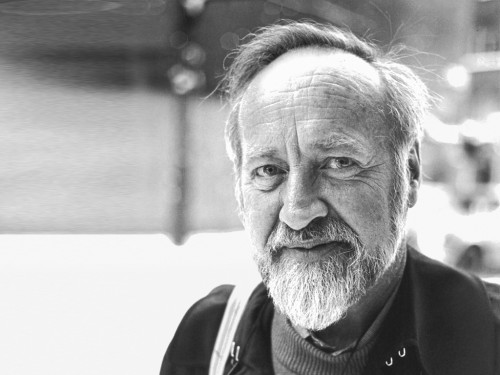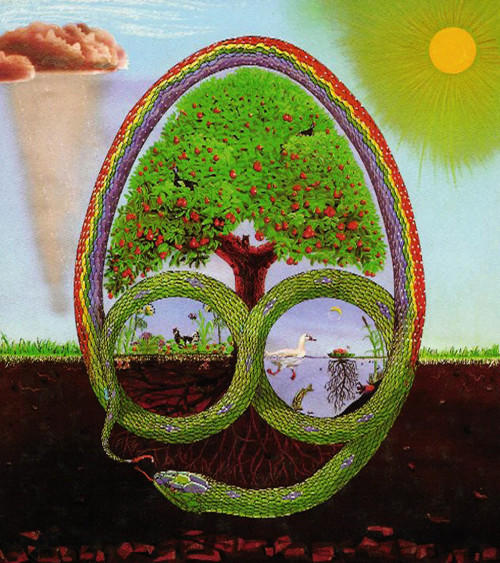Nienawidzę trawników… – Bill Mollison w wywiadzie Scotta Londona Permakultura – cicha rewolucja.
Trawniki, nieważne czy się je kocha czy nienawidzi, należą do tych elementów naszego współczesnego krajobrazu, z którymi jesteśmy do tego stopnia zżyci, że nie zastanawiamy się skąd się wzięły. Posiadamy trawniki, bo “zawsze je mieliśmy”, lecz czy na pewno?
Większość praktyków permakultury trawników szczerze nienawidzi, widząc marnującą się pod ich zielenią przestrzeń, jaka mogła by być lepiej spożytkowana w uprawie żywności! Lecz jaki byłby efekt, można przewrotnie zapytać, gdyby do “znienawidzonego” trawnika zastosować zasady zdrowego, ekologicznego (sustainable) projektowania? Spróbujmy zmierzyć się z tym kontrowersyjnym pomysłem i spróbować umieścić (usprawiedliwić) trawnik w permakulturze!
Na początek, dla lepszej perspektywy problemu, spójrzmy skąd wzięły się trawniki i dlaczego, mimo trudów z nimi związanych, staramy się je utrzymywać.
Continue reading





